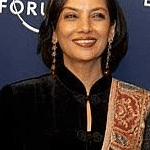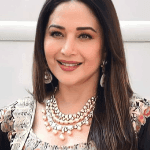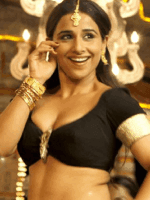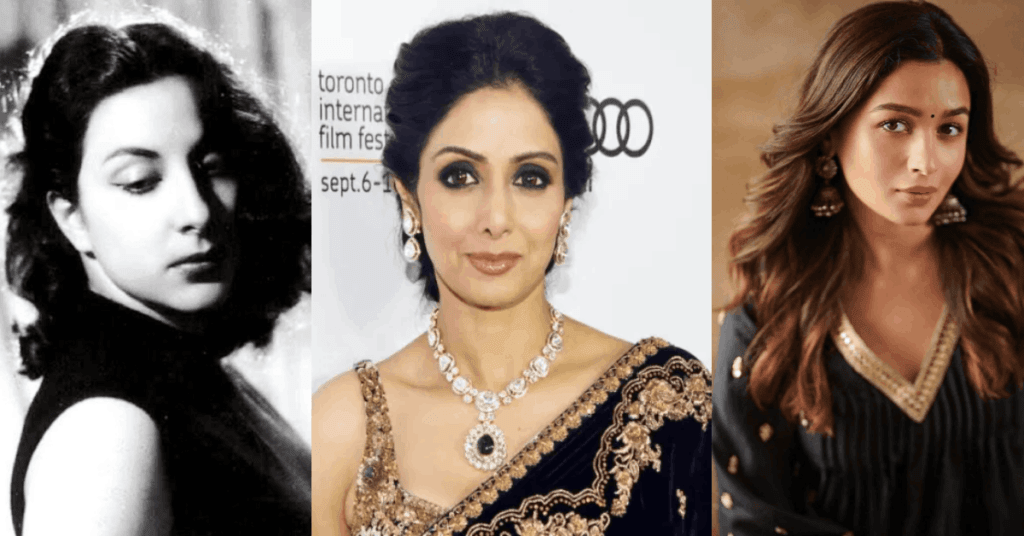Bollywood’s women have long been overshadowed by their male counterparts, often existing as mere supporting characters in grand cinematic sagas. However, the journey of female protagonists in Hindi cinema has undergone a dramatic transformation, evolving from silent spectators to commanding forces on screen. From the early years of self-sacrificing figures to today’s fierce, independent powerhouses, their evolution mirrors the shifting roles and aspirations of women in real life. Once confined to the roles of devoted wives, mothers, and lovers, female leads now drive narratives, take charge of their destinies, and challenge societal norms. This transformation is not just a shift in storytelling but a revolution in representation.
The Ideal Indian Woman

In the early decades of Bollywood (1940s-1960s), female protagonists were often depicted as the epitome of virtue, sacrifice, and devotion. Films portrayed women as self-sacrificing figures, enduring immense suffering for the sake of family and honor. Actresses like Nargis, Meena Kumari, and Nutan became the faces of this era, playing roles that reinforced traditional expectations of womanhood.
Women in these films were largely confined to domestic spaces, their stories revolving around marriage, motherhood, and familial duties. Even when they were central to the plot, as in Sujata (1959) or Bandini (1963), they were often shown as victims of society rather than agents of change. However, some films like Aurat (1940) and Mahal (1949) subtly introduced women who resisted societal norms, hinting at a future where female characters would demand more role.
The Glamorous and the Silent Rebel

With the rise of masala films in the 1970s, Bollywood entered an era dominated by action-packed narratives featuring larger-than-life male heroes. Female protagonists, though still significant, were often relegated to playing the hero’s love interest. Actresses like Hema Malini and Zeenat Aman brought glamour to Bollywood, often playing bubbly, charming characters rather than deeply nuanced roles.

However, this period also saw the emergence of a new kind of female protagonist—one who silently rebelled against societal norms. Films like Seeta Aur Geeta (1972) introduced a heroine who fought back against oppression, while Arth (1982) showcased a woman’s journey toward self-respect and independence. Actresses like Smita Patil and Shabana Azmi, through parallel cinema, began portraying real, complex women who were no longer just accessories to the male lead.
Transition and Contradiction

The 1990s was a contradictory era for Bollywood heroines. On one hand, this period saw the rise of female-centric films like Damini (1993), where Meenakshi Sheshadri played a woman fighting against sexual violence. On the other hand, mainstream Bollywood still relied heavily on heroines as love interests, often objectifying them through the “glam doll” trope.
Films like Dilwale Dulhania Le Jayenge (1995) and Hum Aapke Hain Koun..! (1994) portrayed heroines who, while charming
and strong-willed, still followed traditional paths where love and marriage defined their existence. Madhuri Dixit, Kajol, and Karisma Kapoor became icons of this era, balancing strong screen presence with roles that, more often than not, reinforced societal norms.
Women Taking Charge

The early 2000s marked a visible shift in Bollywood’s portrayal of women. Actresses were no longer just love interests; they were career-driven, opinionated, and independent. Films like Kahaani (2012) and Chak De! India (2007) showcased female leads who were not defined by their relationships with men.
Rani Mukerji’s role in Black (2005) and Priyanka Chopra’s in Fashion (2008) were testaments to Bollywood’s changing narrative—women were now at the center of their own stories. Kareena Kapoor’s Jab We Met (2007) introduced a heroine who was quirky, fearless, and uninhibited, breaking away from the reserved, traditional mold of the past.
Breaking Boundaries

In recent years, Bollywood has seen a rise in female-led films, with actresses headlining projects that break stereotypes. Vidya Balan’s The Dirty Picture (2011) and Tumhari Sulu (2017) proved that women’s stories could drive box office success.
Deepika Padukone’s Chhapaak (2020), Alia Bhatt’s Raazi (2018), and Taapsee Pannu’s Thappad (2020) tackled social issues head-on, showing women as powerful agents of change. Kangana Ranaut’s Queen (2014) and Anushka Sharma’s NH10 (2015) further cemented the idea that Bollywood was no longer dependent on male leads for compelling narratives.
The 2020s have further pushed boundaries, with films like Gangubai Kathiawadi (2022) and Darlings (2022) redefining female role in Bollywood. Today, women in Hindi cinema are not just love interests or victims; they are warriors, rebels, leaders, and survivors, reflecting the evolving landscape of Indian society itself.
Looking Ahead
From silent sufferers to fierce powerhouses, Bollywood’s female protagonists have come a long way. The industry is continuously evolving, embracing more complex and layered narratives that reflect the diverse realities of modern women. The Hindi film industry is now at a point where female-led films are not just an exception but a significant force driving box office success and cultural conversations.
While challenges remain—such as the underrepresentation of women behind the camera, the persistence of the male gaze, and the struggle for equal opportunities—the momentum is undeniable. The future of Bollywood’s female protagonists lies in storytelling that dares to be bold, challenges conventions, and paves the way for a more inclusive and dynamic cinematic landscape. The Bollywood heroine is no longer just a character in someone else’s story—she is the author of her own narrative, rewriting the rules on her own terms.
Read More:
